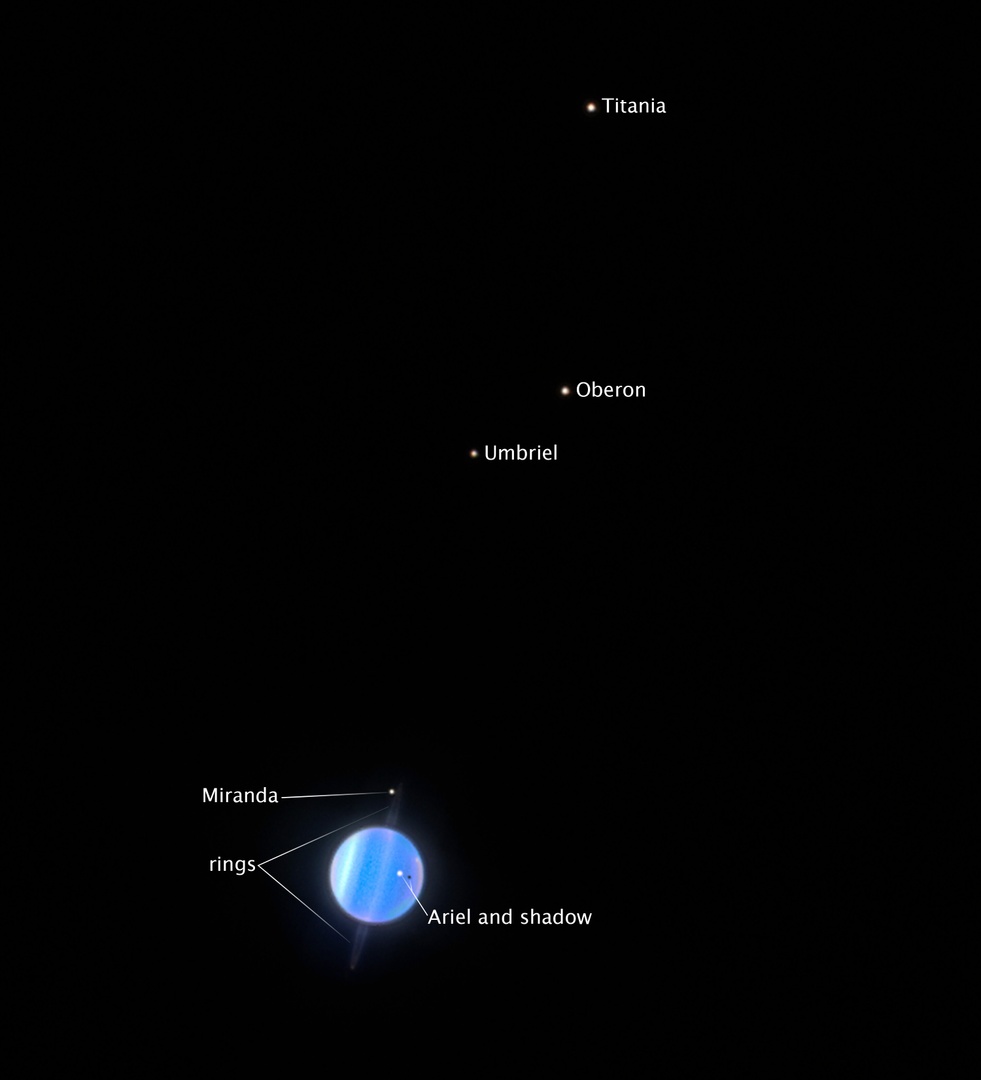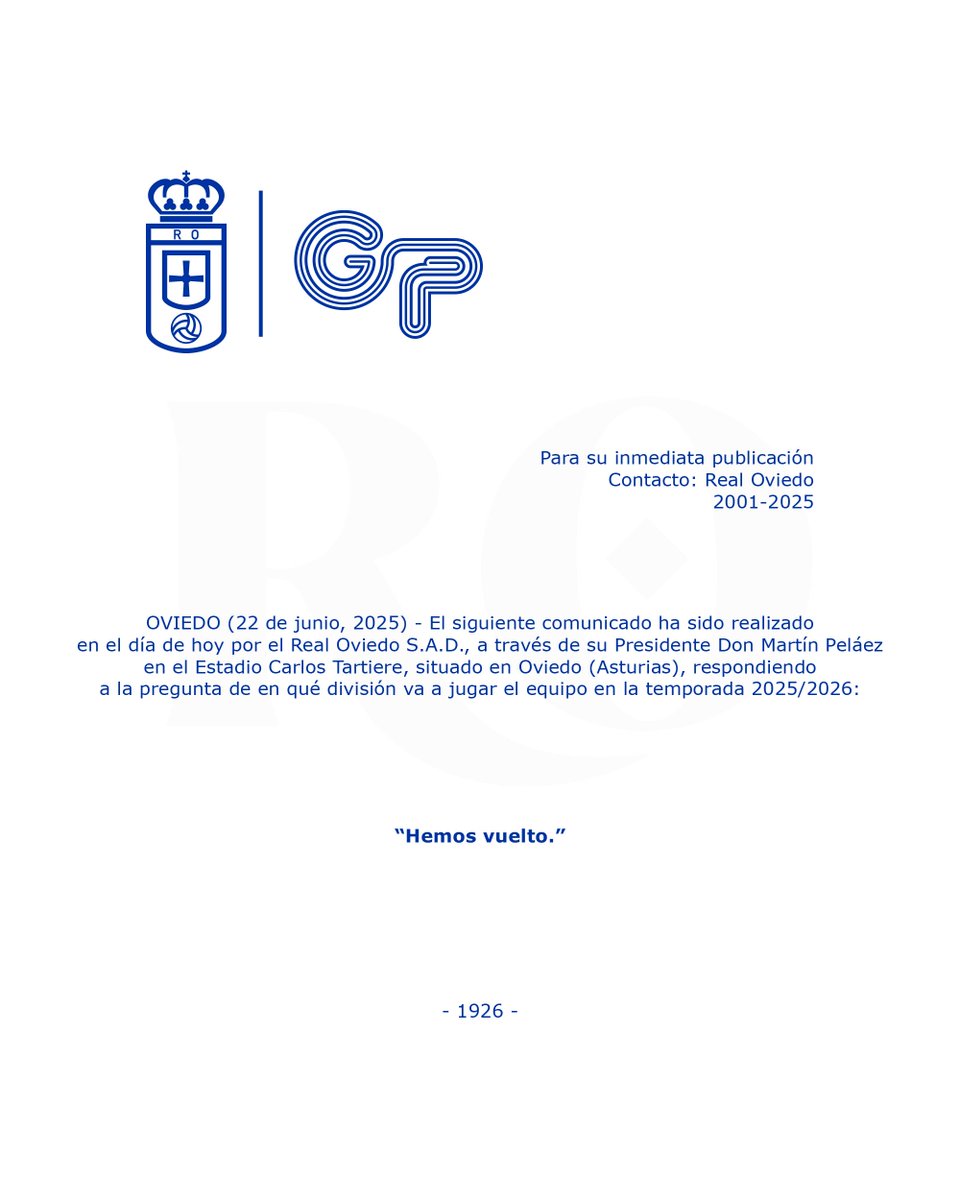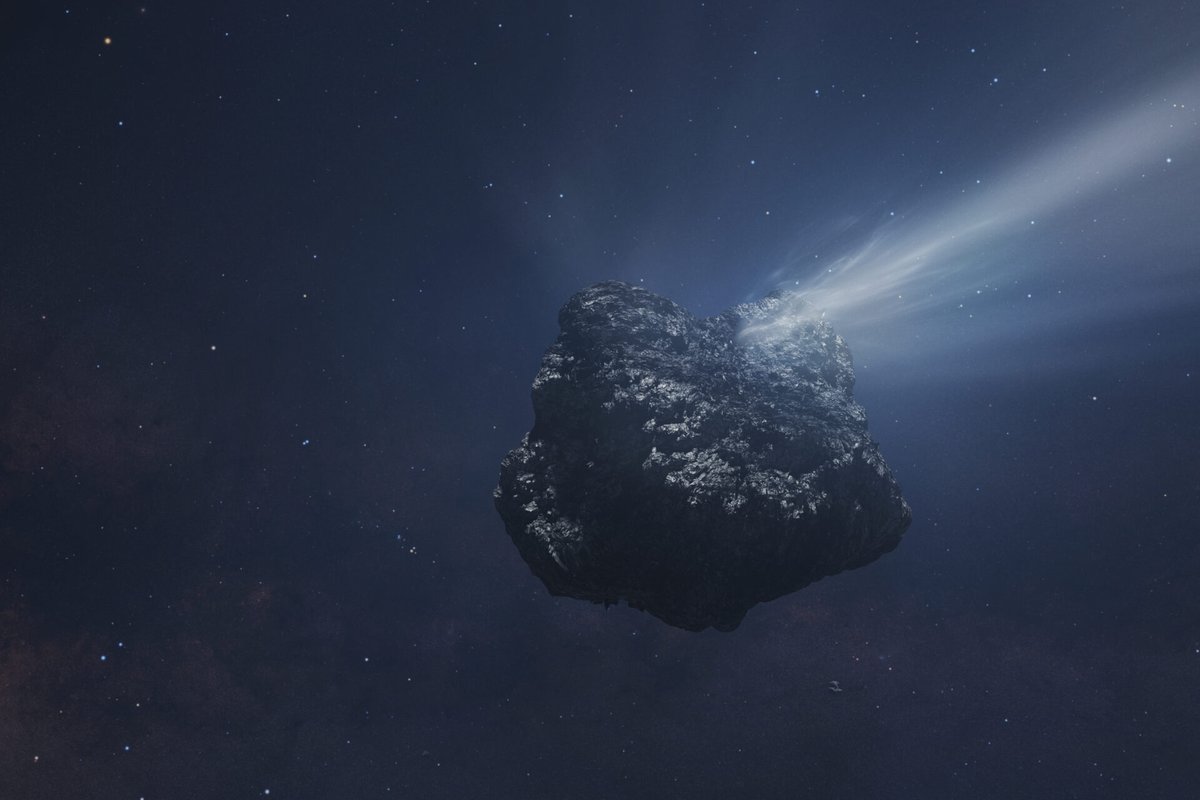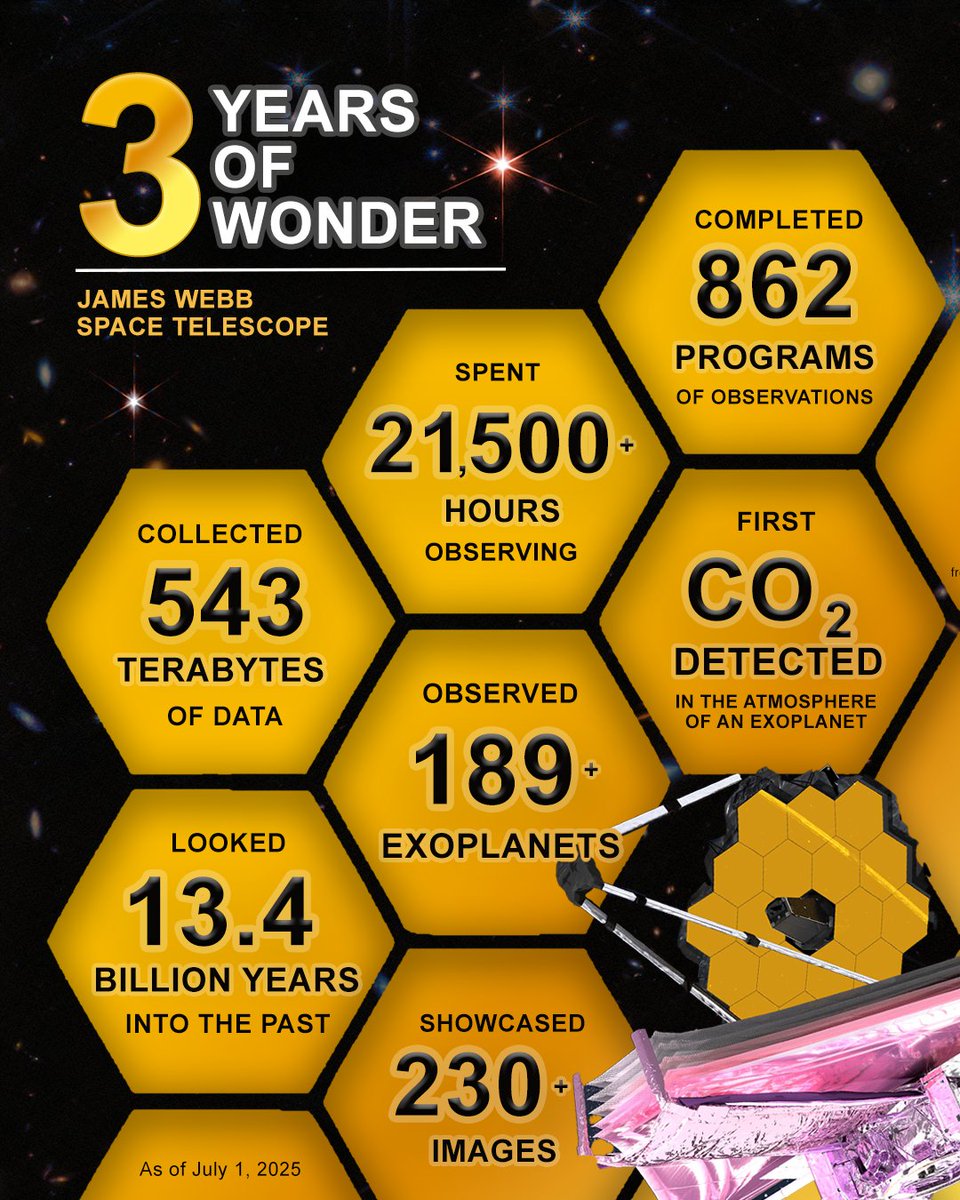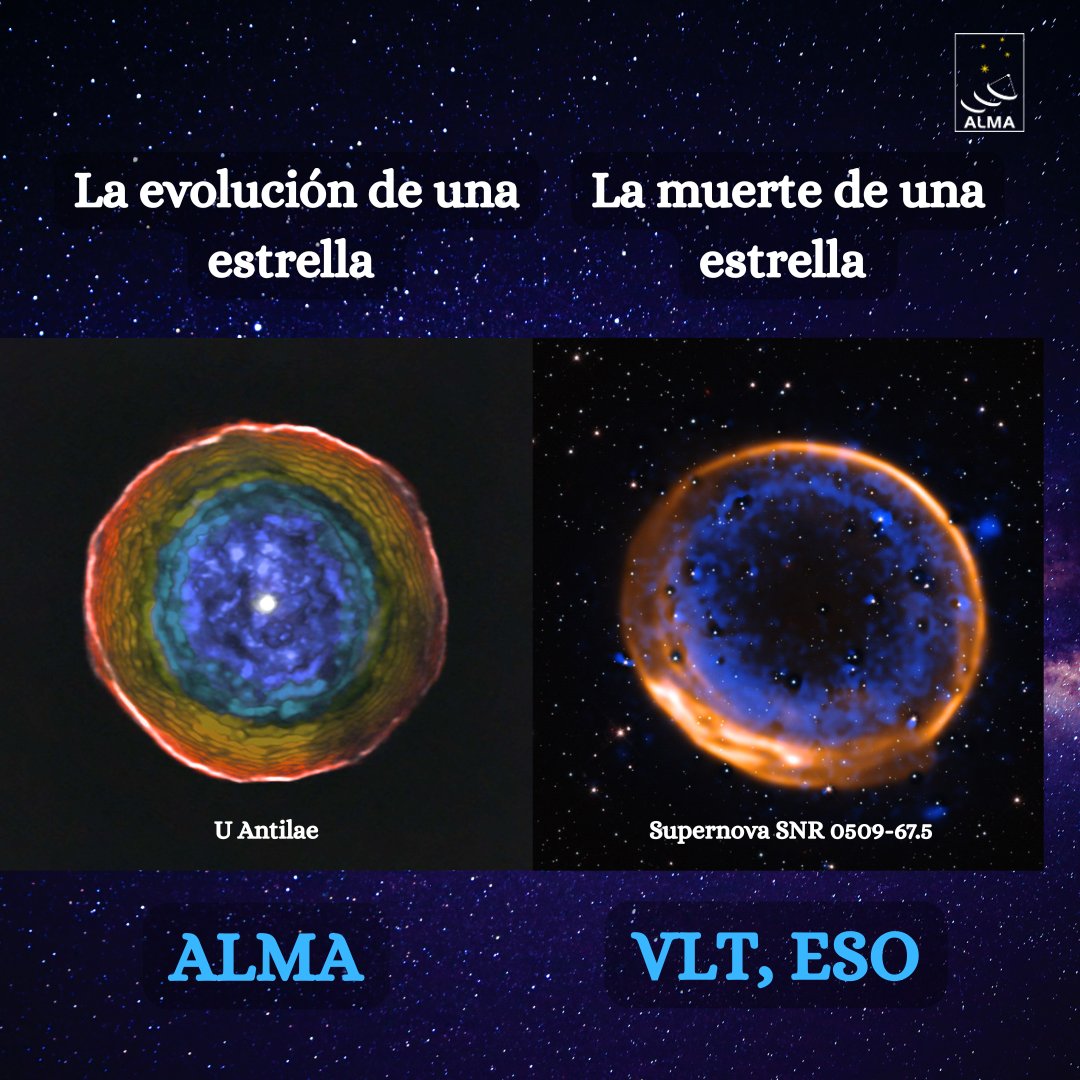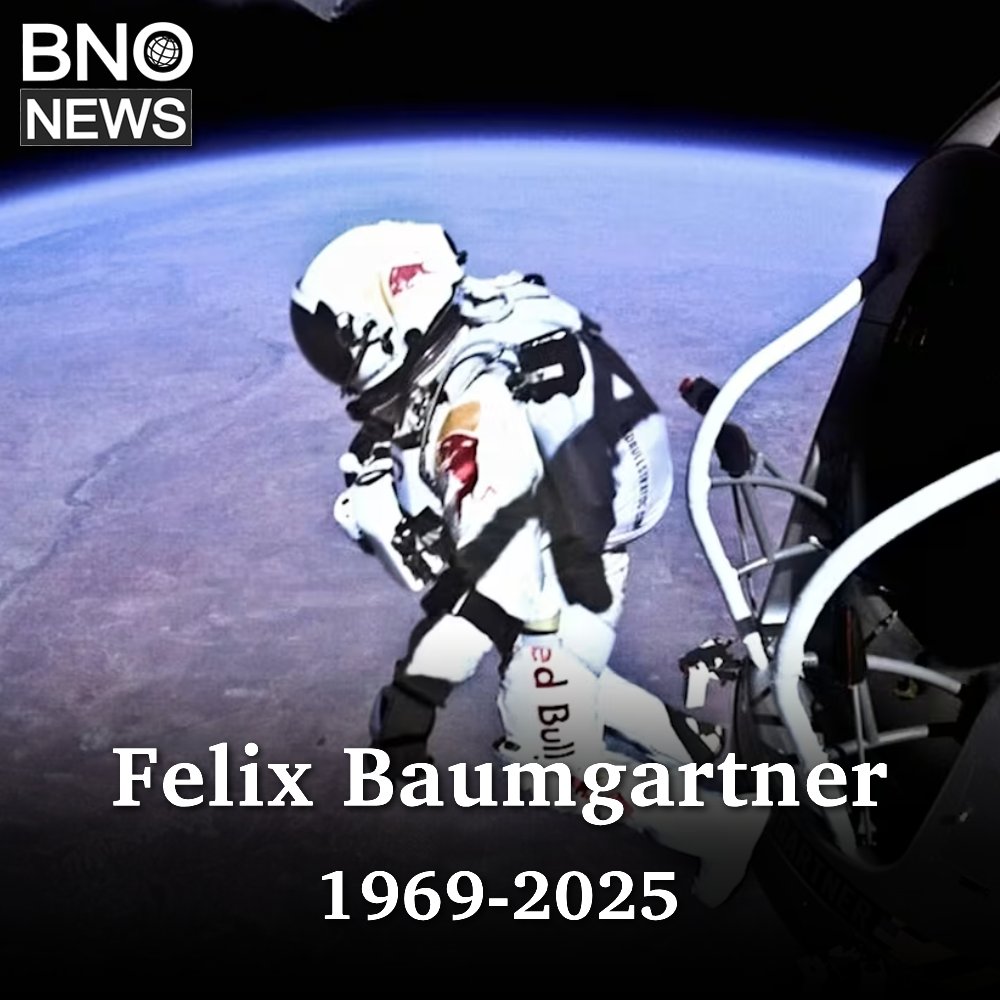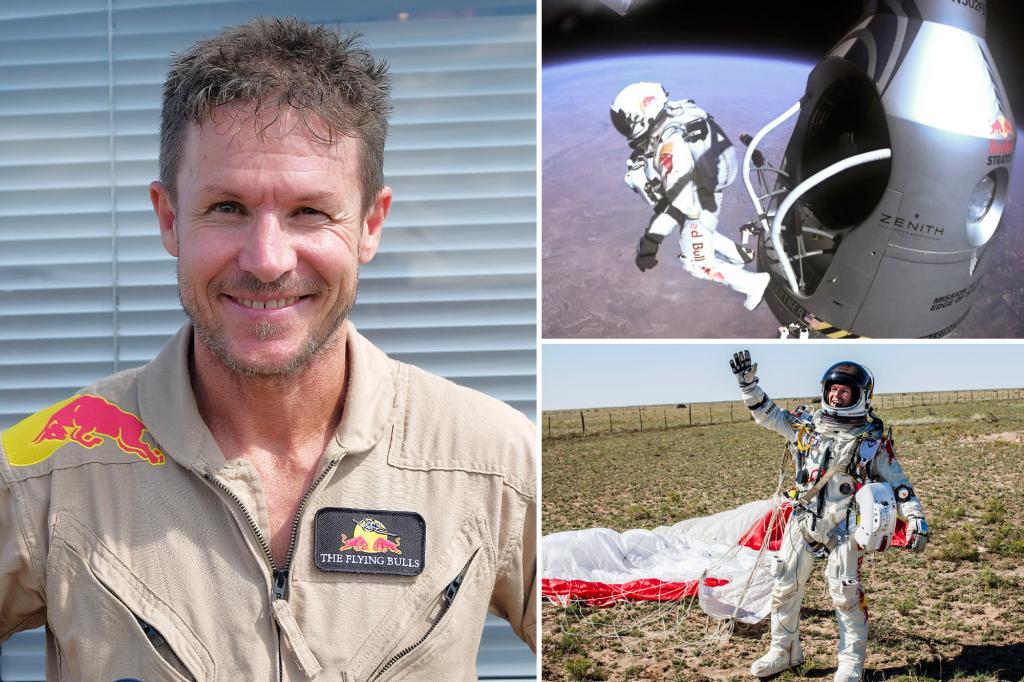
Pepe Potamo ツ
@potamopp
🔭📡Astro-pirado. Ciencia ciudadana✨
POSTULADO DE BOLING:
"Si se encuentra bien, no se preocupe. Se le pasará..."
Šuŋgmánitu Tȟáŋka Ób Wačhí 💃🐺🐺
ID: 842186132
23-09-2012 18:31:46
17,17K Tweet
223 Followers
493 Following



📡📡Estamos en Las Últimas Noticias "Observatorio ALMA y el Very Large Telescope del Cerro Paranal permitieron captar imágenes de alta resolución".
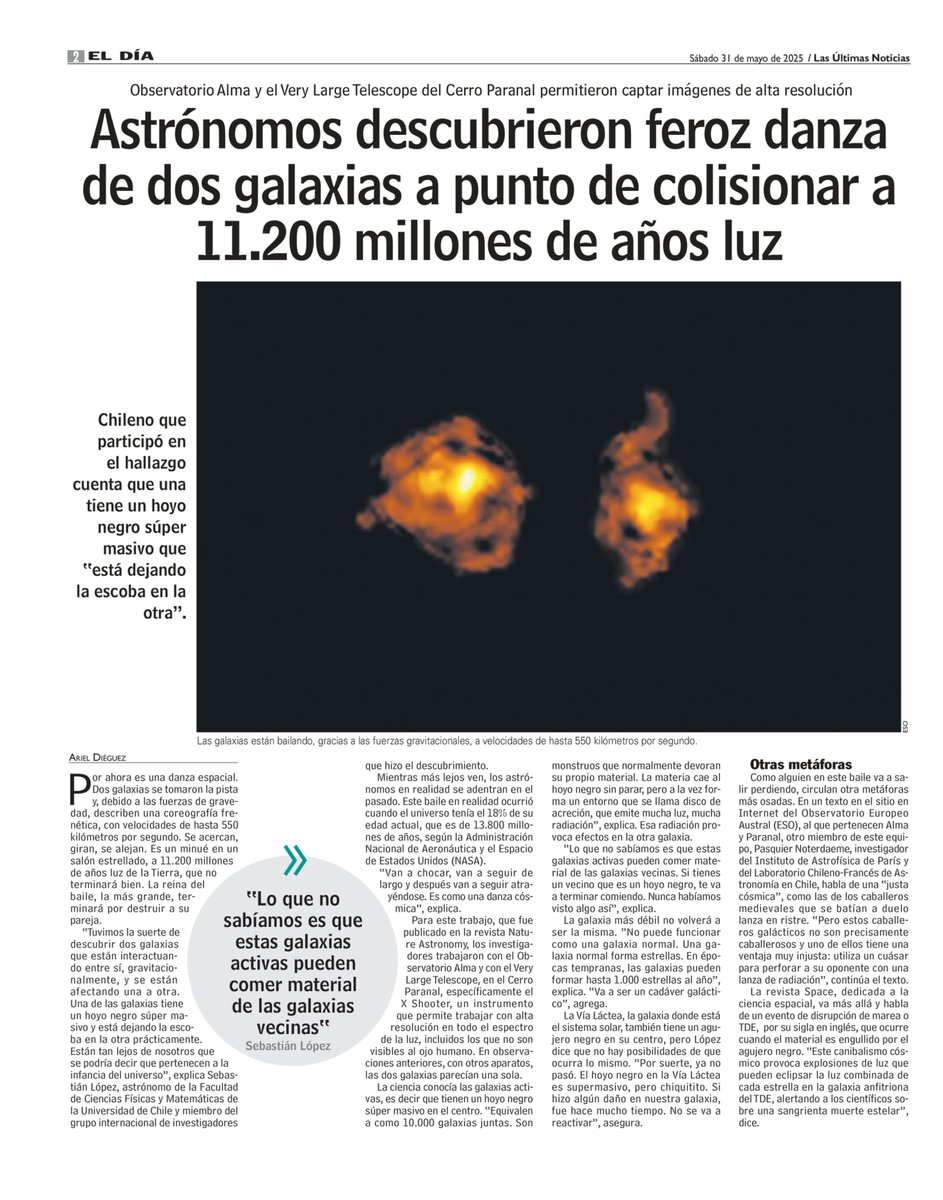
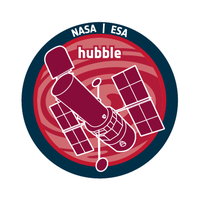
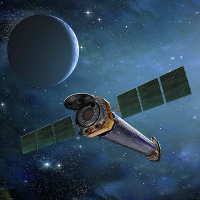


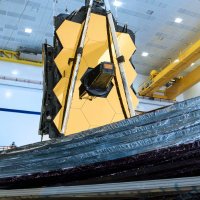









To celebrate three years of studying the universe, NASA Webb Telescope has clawed back the thick, dusty layers of the Cat's Paw Nebula. With its infrared vision, Webb can peer through clouds of gas and dust to uncover what lies beneath: go.nasa.gov/467QoMt






